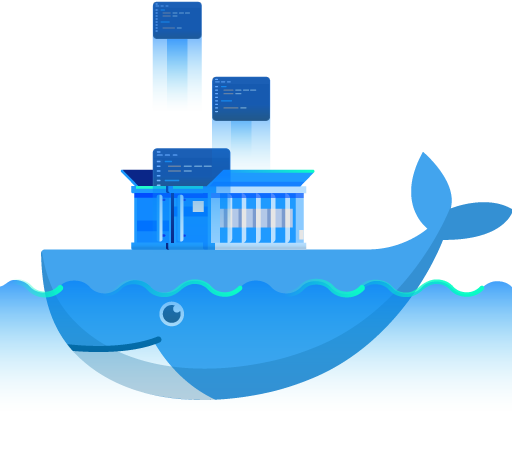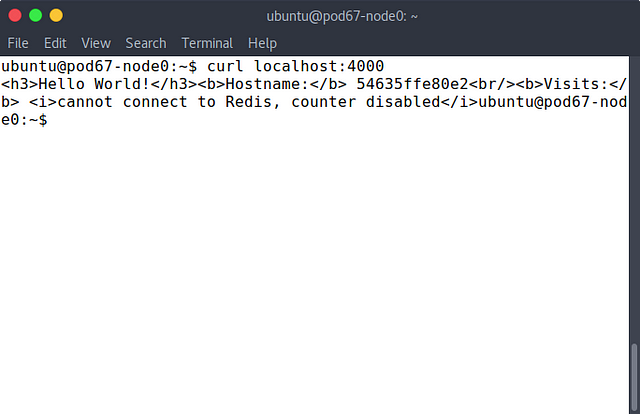 |
Create Dockerfile
vim Dockerfile
Dockerfile content:
# Use an official Python runtime as a parent image
FROM python:2.7-slim# Set the working directory to /app
WORKDIR /app# Copy the current directory contents into the container at /app
ADD . /app# Install any needed packages specified in requirements.txt
RUN pip install — trusted-host pypi.python.org -r requirements.txt# Make port 80 available to the world outside this container
EXPOSE 80# Define environment variable
ENV NAME World# Run app.py when the container launches
CMD ["python", "app.py"]
Create requirements.txt file
Flask
Redis
Create app.py file
from flask import Flask
from redis import Redis, RedisError
import os
import socket
# Connect to Redis
redis = Redis(host="redis", db=0, socket_connect_timeout=2, socket_timeout=2)
app = Flask(__name__)
@app.route("/")
def hello():
try:
visits = redis.incr("counter")
except RedisError:
visits = "<i>cannot connect to Redis, counter disabled</i>"
html = "<h3>Hello {name}!</h3>" \
"<b>Hostname:</b> {hostname}<br/>" \
"<b>Visits:</b> {visits}"
return html.format(name=os.getenv("NAME", "world"), hostname=socket.gethostname(), visits=visits)
if __name__ == "__main__":
app.run(host=’0.0.0.0', port=80)
Build image from Dockerfile
sudo docker build -t friendlyhello .
See image friendlyhello
sudo docker image ls
Run image friendlyhello
sudo docker run -d -p 4000:80 friendlyhello
See container :
sudo docker container ls
Test app using curl
 |
0 comments:
Post a Comment